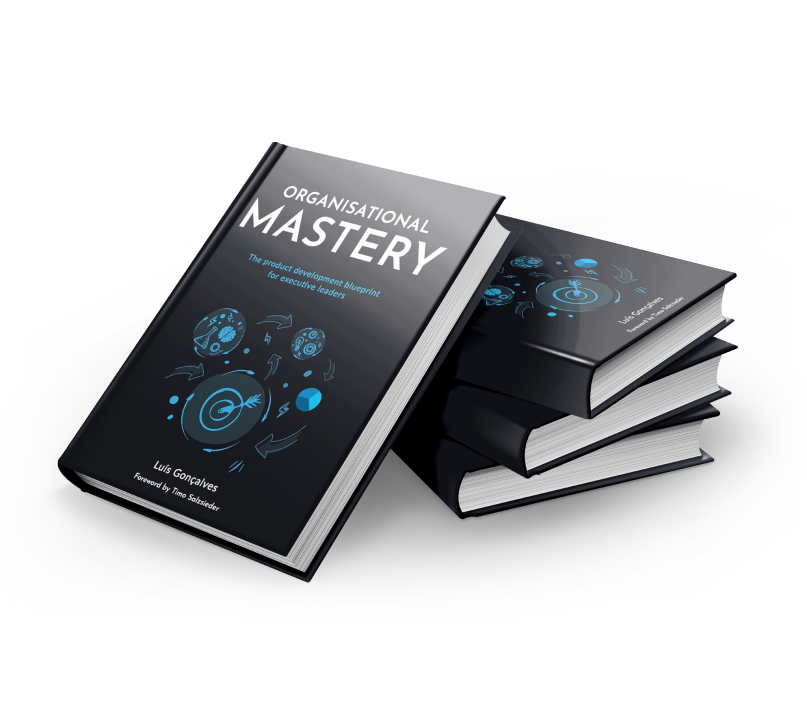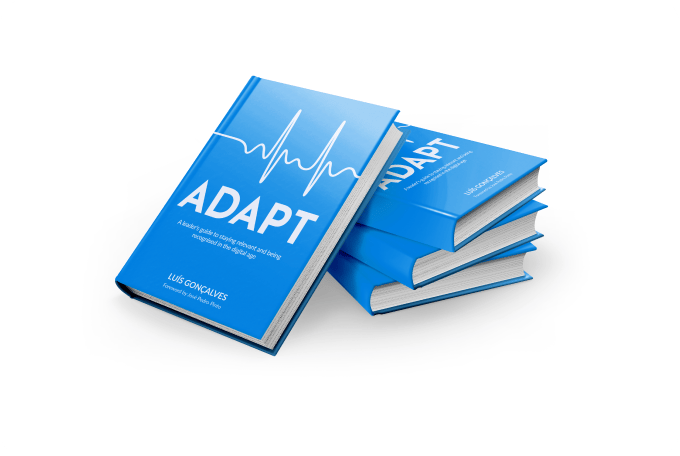Share this
Using The High-Performance Tree In Your Agile Retrospectives
by Luis Gonçalves on Jun 16, 2024 9:34:05 AM
Hi guys, in this post I will explain how can you use the "High-Performance Tree" created by Lyssa Adkins. This exercise is deeply described in the book: "Coaching Agile Teams: A Companion for Scrum Masters, Agile Coaches, and Project Managers in Transition" by Lyssa Adkins.
This exercise can be found in the book: "Getting Value out of Agile Retrospectives", a book written by Ben Linders and me with the foreword from Esther Derby. The book can be downloaded for free on LeanPub.com or InfoQ.com, please download it and spread it to your colleagues.
If you are interested in getting some extra Agile Retrospectives exercises, I created a blog post with dozens of Agile Retrospectives Ideas, check them and see if you find something interesting.
What you can expect to get out of this technique
This is a great exercise to help a team to define a vision for themselves. Lyssa referred in her book: ´ "metaphors" are a core skill that is taught in professional coaching courses.´ This is exactly what High-Performance Tree is, a metaphor to help teams to create a compelling vision for themselves; a way to create a path that leads to High-Performance teams. This exercise helps many teams to find our next steps to achieve High Performance; this is what we can expect from this exercise.
When you would use this technique
The high-performance team is an exercise that can be used in several different ways by any team, but depending on the maturity of a team, the exercise will be used in a different way. We just need to define the maturity level of the team and adapt the exercise to it. Lyssa states that for a team to be highly productive, they need to have strong roots. When the roots are strong and solid, the tree can grow and flourish bearing beautiful fruits.
I see this exercise used mainly in three different ways:
- Team startup
- The normal team that still has a lot of problems to solve
- A good team that is looking for the next step to become high performing team
How to do it
This exercise starts with a coach drawing a tree of five Scrum values as roots; this is a great opportunity for the coach to teach or refresh the meaning of Scrum Values.
Commitment is the state or quality of being dedicated to a cause, activity, etc. A commitment should never be broken, and if it is broken, it was not a commitment but an empty promise and a lie. In the Scrum world, this means that everyone involved in developing a product is committed to working towards a common objective.
Courage is the ability to confront fear, pain, danger, uncertainty, or intimidation. In software development, all these feelings will always be present, and it is up to team members to try to dispel anything that prevents them from being successful.
Openness is the ability to be open to new ideas, new approaches, and new ways of working. This is a fundamental state of Agile software development because everyday teams encounter different problems that need to be approached differently; being open is mandatory for achieving success.
The focus is the process of selectively concentrating on one aspect of the environment while ignoring other things. In software development, this means that teams should completely concentrate on one topic at a time, they should not start a new topic before finishing a previous one.
Respect is a feeling of deep admiration for someone or something elicited by their abilities, qualities, or achievements. In Scrum all team members interact closely; respect is mandatory for such a relationship to work.

After listing and explaining the Scrum Values, you can start recording characteristics of high-performance teams, for example, Empowered, Consensus-Driven, Self-Organised, Constructive Disagreement, etc.
You can continue the exercise by explaining that as a result of this combination, there will be teams that can do anything, get astonishing results, get the right business value, get business value faster, etc. A possible example can be seen in the picture on the right.
I truly believe this drawing will be a fantastic tool to be used in several retrospectives. New teams will be aware of what they need to be a high-performance team. Teams that are already together for some time can come back to the picture and analyze what is missing to become high-performing teams. I believe the same applies to teams that are already performing as High Performing teams; they will always find some things they can improve.
Like many other exercises that I explained before, this exercise will have a big impact when all team members are collocated. However, this is not mandatory; this is an exercise that can be easily done using a webcam like, for example, Lyssa did here.
What do you think? Do you think this is useful? Please give me some feedback.
Did you like this article?
We enable leaders to become highly valued and recognized to make an impact on the World by helping them to design Digital Product Companies that will thrive and nourish in the Digital Age, we do this by applying our own ADAPT Methodology®.
Share this
- Agile Methodologies (18)
- Product Strategy (18)
- OKRs (16)
- Scrum (16)
- Product Mindset (14)
- Project To Product (10)
- Agile Retrospectives (9)
- CoPs (9)
- Knowledge Sharing (9)
- Time To Market (8)
- Product Discovery (7)
- Continuous Improvement (5)
- Strategy (5)
- Scrum Master (4)
- Content Marketing Strategy (3)
- Product Owner (3)
- Technical Excellency (3)
- Digital Transformation (2)
- Innovation (2)
- Scaling (2)
- Team Building (2)
- Business Model (1)
- Cost Of Delay (1)
- Customer Feedback (1)
- Customer Journey (1)
- Customer Personas (1)
- Design Thinking (1)
- Digital Leadership (1)
- Digital Product Tools (1)
- Go To Market Strategy (1)
- Google Design Sprint (1)
- Lean Budgeting (1)
- Lean Change Management (1)
- Market Solution Fit (1)
- Organisational Impediments (1)
- Outsourcing (1)
- Product (1)
- Product Metrics (1)
- Product Roadmaps (1)

Organisational Mastery
Get your free copy

ADAPT
Get your free copy

Product First
Get your free copy
